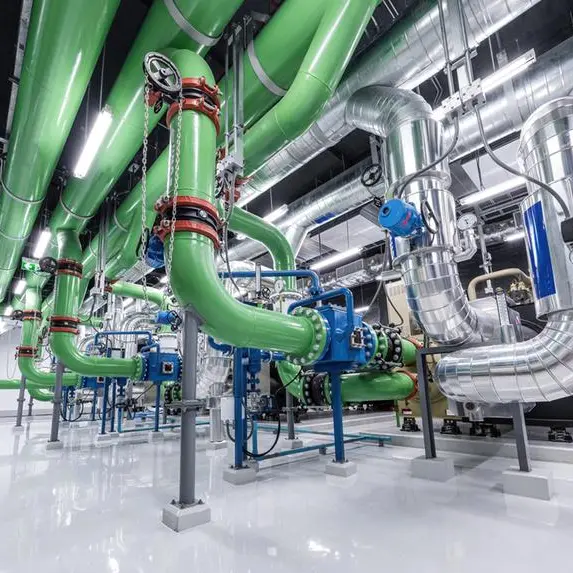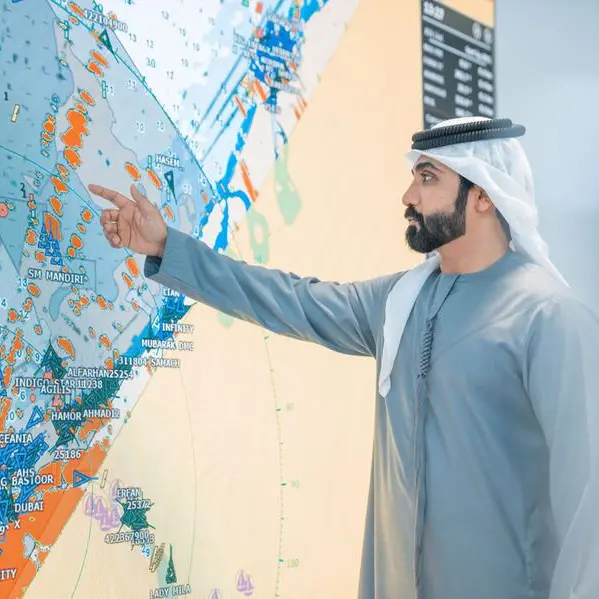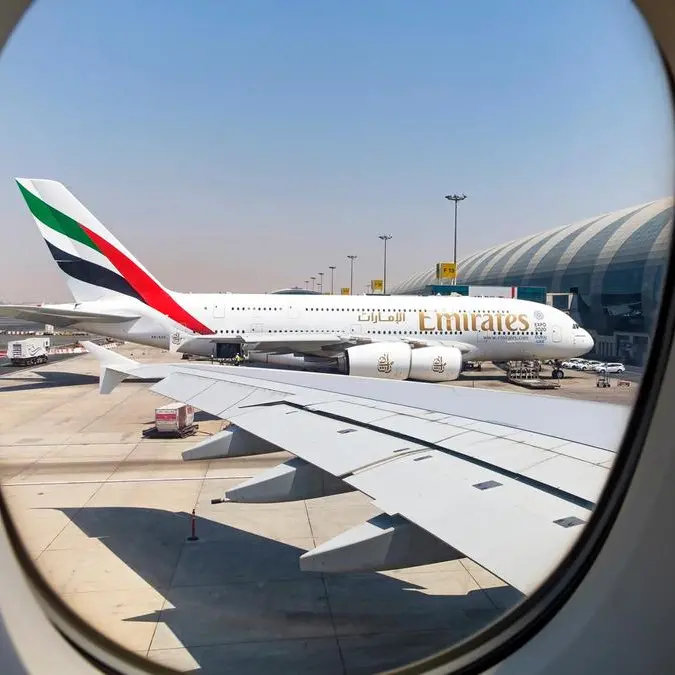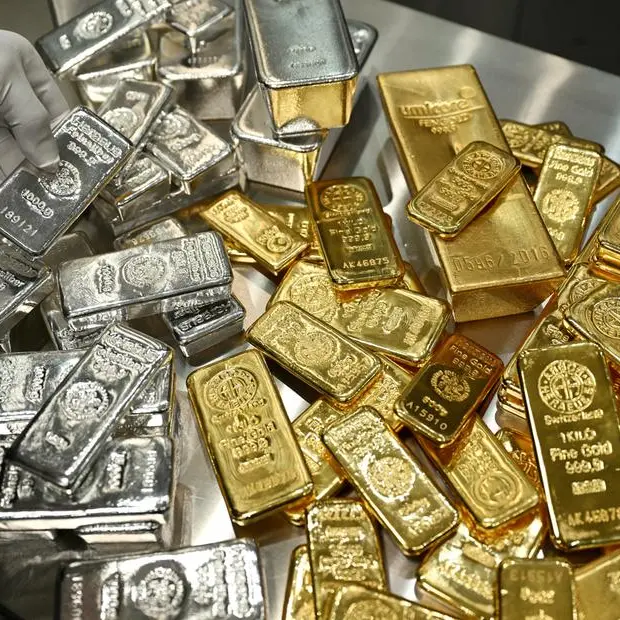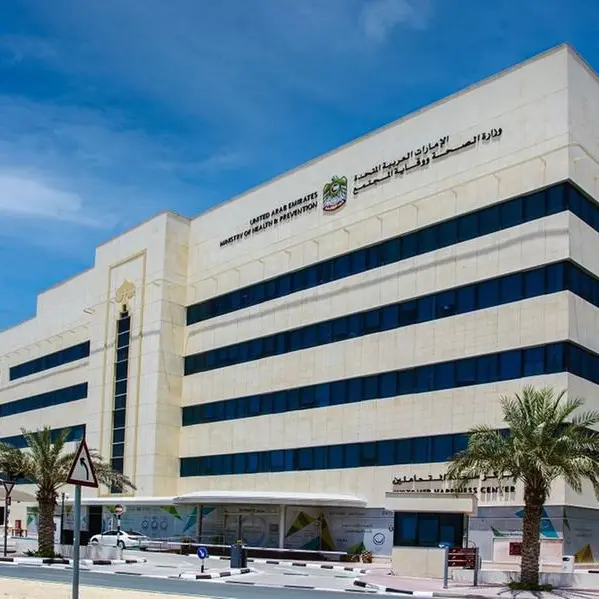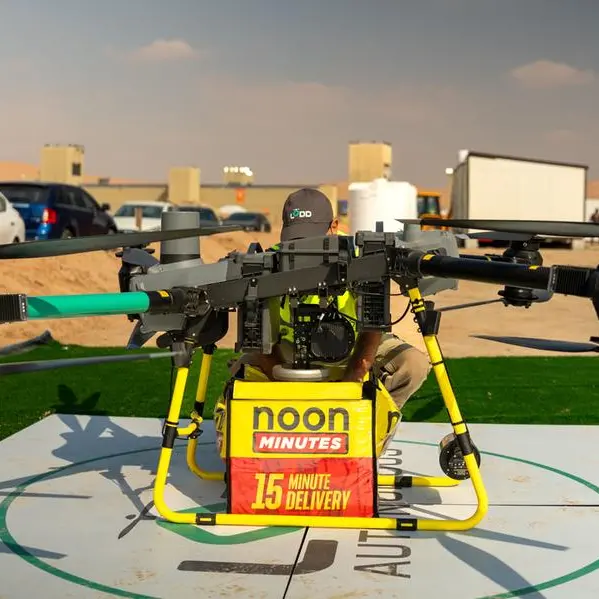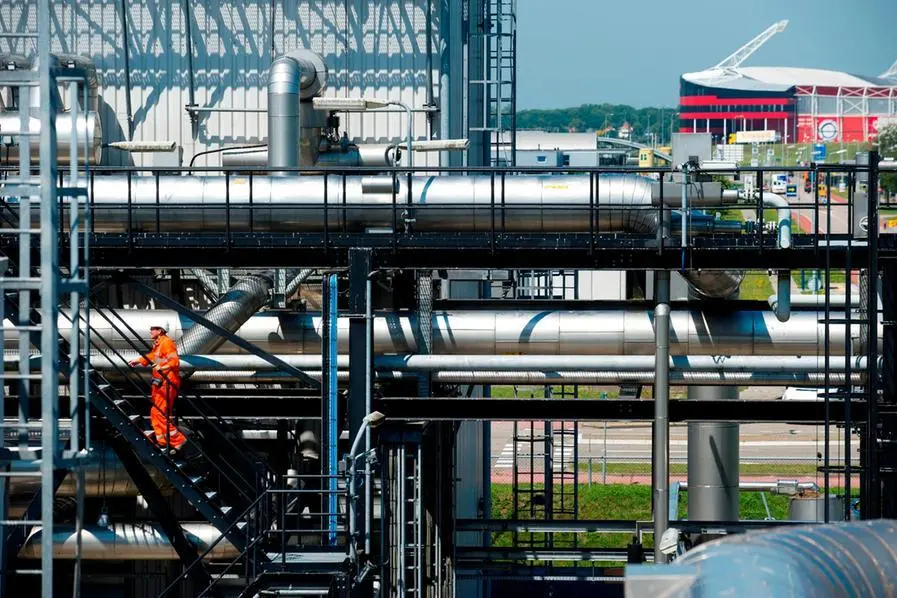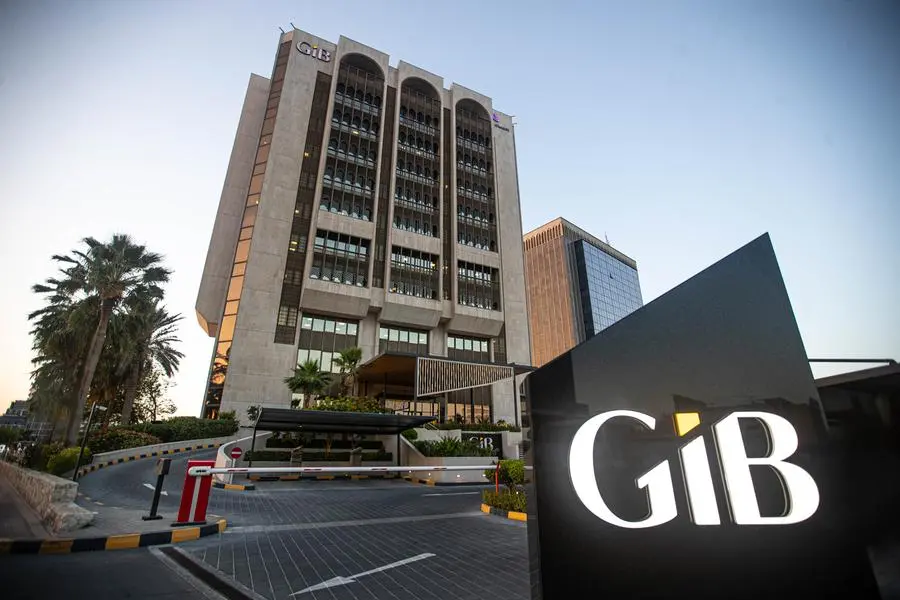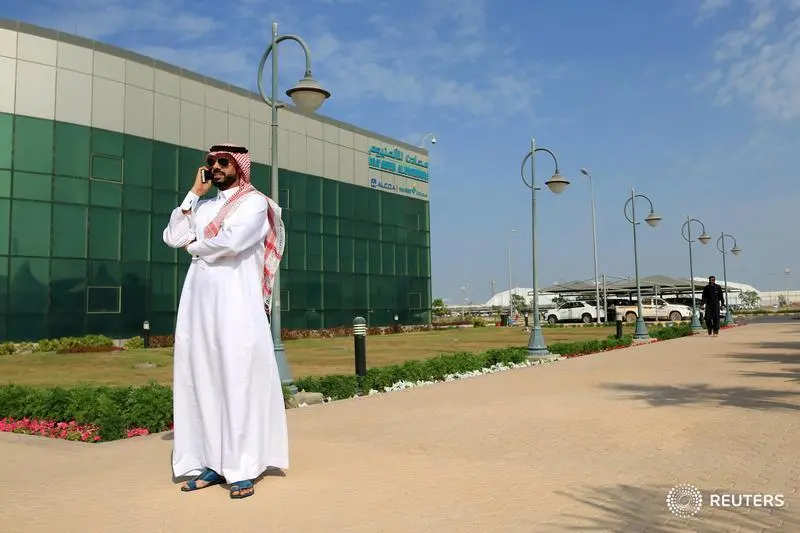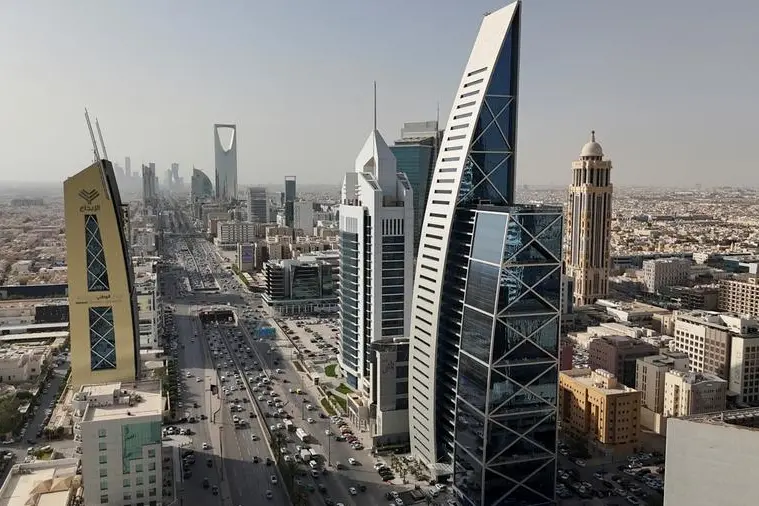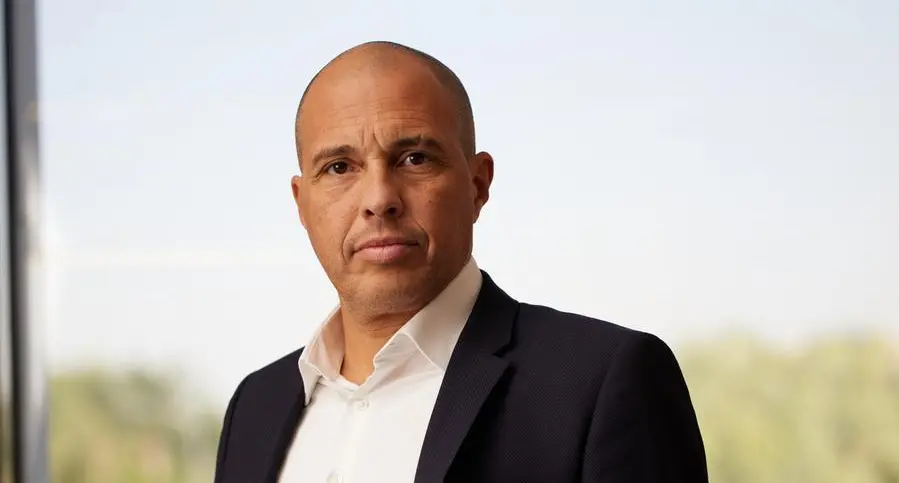Dubai, 19 Aug. 05 (WAM)--The discovery of archaeological sites and primeval cultures has transformed the simple agriculture city of Al Ain into an important centre of ancient history in the Arabian peninsula.
A thriving civilisation existed in modern day Al Ain city and its suburbs during the Stone and Bronze Ages, with its distinctive culture and character, reported Gulf News of Dubai in a featurepublished on Friday. Findings and research attribute many inventions and arts and crafts to ancient inhabitants of this oasis. It is believed that the city has provided a base to archaeologists to dig deep into its sands and unearth the roots of civilisation. Archaeological discoveries in the north of Al Ain a few years ago revealed a part of human settlements that date back to the Stone and Bronze Ages 5000BC. Another important archaeology site is in the Hili area of Al Ain. This site houses the largest Bronze Age complex. Archaeological finds in this area have been incorporated into a park called Hili Archaeological Park. The park has been designed to highlight the ancient history of the UAE. Several sites dating back to the Iron Age, about 1000BC, are also located in the preserved archaeological area surrounding the park. One of the most impressive monuments in the UAE is Hili Grand Tomb, which is more than 4,000 years old. The tomb, which was discovered in the 1960s, is located in the middle of the park. The remains of a huge ancient cemetery have been discovered in the northern and eastern foothills of Jebel Hafeet that date back between 3200 to 3000BC. A team of French archaeologists exploring the area indicated in February that the society in Hili and its surrounding areas thrived about 7,000 years ago. According to Dr Sophie Mery, Director of the French Archaeological Mission, the people living at the time used seven pottery-making techniques. Archaeologists have also found pottery imported from Mesopotamia and the ancient Indus Valley of Pakistan. "This shows that the people were already in contact with the rest of the Gulf and other civilisations," she said. The French team was involved in the seventh season of excavation at the Hili Tomb N. These excavations have been organised in collaboration with the Department of Antiquities and Tourism in Al Ain (Data). Most of the contents of the grave were originally excavated before 1989 by a team from Data, who decided to leave a part of the burial deposits in the central part of the structure untouched. The original excavations produced a huge amount of disarticulated and fragmented human remains mixed with hundreds of pottery vessels and other objects, some of which are now on display in the Al Ain Museum, according to Dr Walid Yasin, Adviser of Archaeology to Data. French archaeologists have been working in the UAE since 1977, through cooperation reached with Data. Their investigations are being jointly funded by the French Ministry of Foreign Affairs. The first French team excavated two villages, one from the Bronze Age (Hili 8) and the other from the Iron Age (Rumeilah) in Al Ain. Research by another French team started again in 1998 after a break of nearly 15 years, with the excavations of Hili Tomb N and a re-examination of the famous Hili necropolis through geophysical and geological studies. Dr Yasin said the new studies have revealed that a more sedentary way of life, compared to the previous Neolithic period, developed, at least for part of the population during the 3rd millennium BC. At the end of the 4th millennium BC, said Dr Yasin, several crops such as date palms, wheat, barley, sorghum, peas and melons were being cultivated throughout the year in the oasis of Hili. "This required a complex irrigation system with small open channels, whose traces were found at the beginning of the 1980s by French archaeologists," he said. The village of Hili, which spread over more than 10 hectares, was organised around big towers, made of unbaked bricks and reaching 20 metres in diameter. The tower at Hili 8 was rebuilt at least twice in less than a millennium. At the end of the third millennium two other Hili towers were also in use. There are a dozen tombs in the necropolis of Hili that were built during the Umm Al Nar period that started about 2700BC and ended about 2000BC. The number of people buried in each tomb increased with time, from tens to hundreds by the end of the third millennium. Dr Yasin has also gathered new evidence that prove the existence of the world's oldest known falaj, the ancient underground irrigation system, in Al Ain region. The findings are based on a detailed scientific study and research on this ancient water system, traces of which are found in many countries of Asia, Central Asia and the Middle East regions. He had published the findings in a book titled Al Aflaj. Archaeologists have also recently found an ancient falaj underneath the courtyard of a house in Al Ain, saying it might have been built about 3,000 years ago. No falaj system in any other part of the world goes back to this period. The Iron Age falaj has been found in Al Ain's many areas such Hili, Bida Bin Saoud, Jebeeb, and Al Madam. A large number of antiquities have been preserved and displayed at the Al Ain National Museum, which operates under Data. The department was established through a presidential decree of the late Sheikh Zayed Bin Sultan Al Nahyan in 1969. It was given the task of setting up the museum. According to Mohammad Amer Mur Al Neyadi, Director of Data, it was the first museum in the UAE and Shaikh Zayed himself came to Al Ain to select an appropriate location for it. Sheikh Tahnoun Bin Mohammad Al Nahyan, the Ruler's Representative in the Eastern Region, inaugurated the museum on November 2, 1971. Al Ain Museum is the focal point of all excavations in the country, particularly in and around Al Ain. It houses two different types of collections that tell stories from the past and the recent history of the UAE. These sections are Ethnography and Archaeology. The Ethnography section deals with the more recent past of the country such as the history of the pre-oil era.Ancient artefacts abound in Al Ain
August 19, 2005
